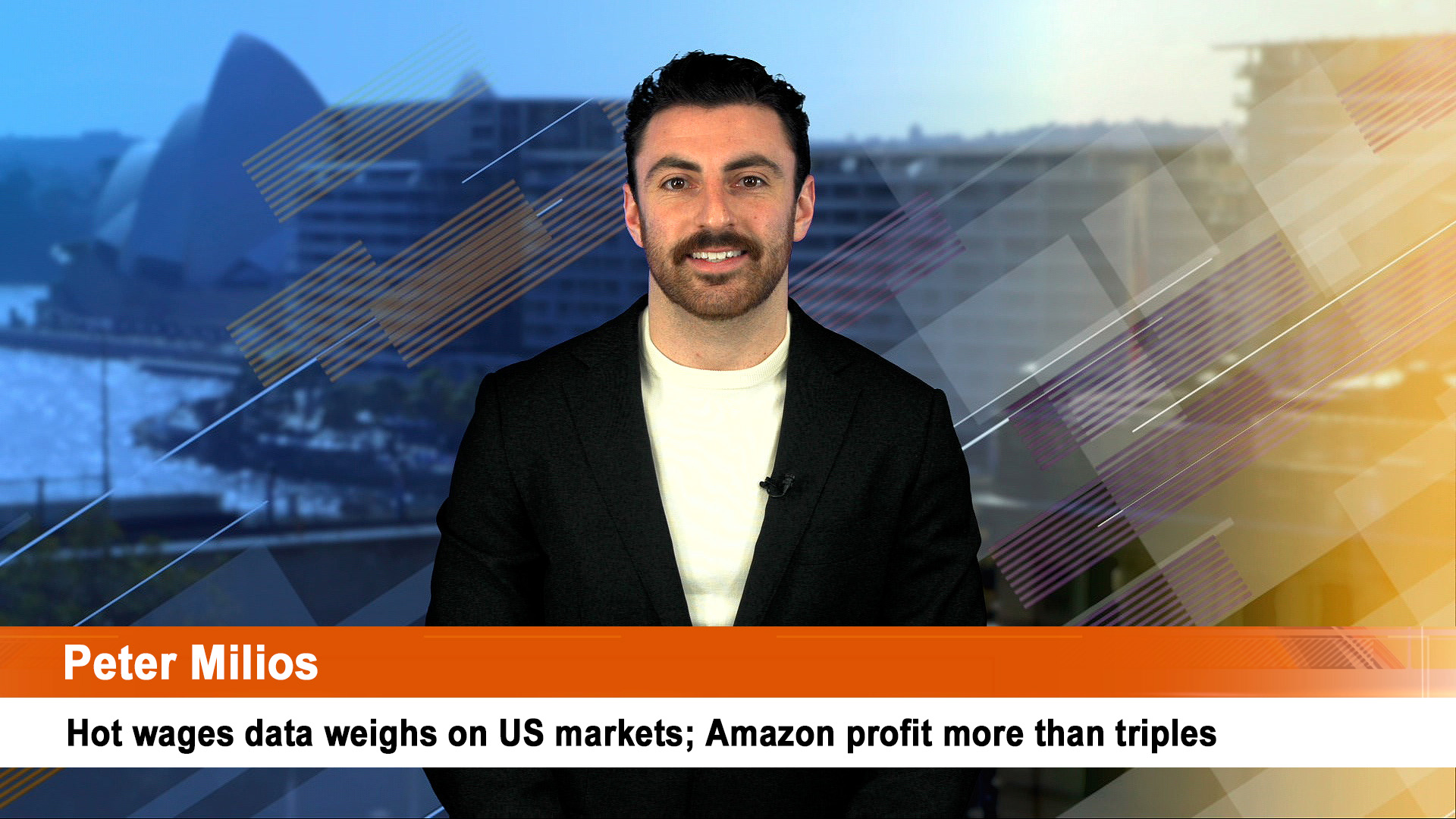Wall Street ended sharply lower on Wednesday after another rough day of trading that saw trading halt during the session. The Dow was off well over 2,000 points at one stage but recovered a touch to close down 1,338 points.
The Aussie market will start lower, but not as low as it could have been with the overnight futures market down 80 points after a late rebound trimmed the day’s losses from 139 points just after 7 am.
The Aussie dollar fell below 58 US cents (around 57.80) down from a day’s high 60.28 US cents. Gold, oil, silver, and copper all fell, oil to 18-year lows. But iron ore continued to remain solid with a small gain over the session.
US 10 year bond yields again rose – ending around 1.18% (up 10 points on the day) as investors sold them to raise cash.
The yield on the 10-year Australian bond jumped 17 points to 1.18% ahead of an expected rate cut from the Reserve Bank this morning and a massive bout of quantitative easing.
Jobs data for February later this morning are likely to show signs of an uptick in unemployment in the month.
That saw the Dow close below the psychologically important 20,000 level for the first time since February 2017 as investors continued to dump equities and other assets on worries over the economic impact of the global COVID-19 pandemic.
The Dow dropped 1,338 points, or 6.3%, to end at 19,898.92, but at one stage it was down well over 2,000 points.
The S&P 500 ended down around 131 points, or 5.2%, near 2,398.10 and the Nasdaq finished down 344.94 points, down 4.7%, near 6,989.4.
Worldwide, more than 200,000 have been infected and the virus has killed more than 8,000.
The New York Stock Exchange said after trading closed for the day that it will move to full electronic trading on Monday and close the trading floor at the exchange.
Ford and GM had earlier announced they were closing their US car plants for a short while and IKEA said it would shut its 50 stores across the US as well.
The ASX closed below 5,000 points, a key technical level, on Wednesday as investors reacted to the federal government’s warning that extreme social isolation measures could last for several months.
The ASX 200 lost 340 points to close at 4,953, the first time it has closed below 5,000 points since April 2016.
The value of the index has fallen by a massive $665 billion since historical highs of just four weeks ago.
The most noticeable move was the slump in shares of buy-now-pay-later darling Afterpay. It was the biggest loser on Wednesday, slipping 33% to $12.76 to drag the infotech sector down 9.8%.
Afterpay rivals EML Payments plunged 23%, Zip Co shares fell 17.8%, and Flexigroup fell 22.4%. This was as fears rose that shopping activity will drop as Australians self-isolate and also run out of spending money.
The entire real estate sector closed lower (Mirvac withdrew its earnings guidance and its securities slumped more than 14%) with shopping centre owners like Scentre Group down 16.3%, Vicinity down 11%, and Stockland down 15%.
National Storage shares fell 28% after a takeover offer from US company Public Storage was withdrawn because of the market instability.
The financial sector lost 7.7% as the prices of the big banks again slumped. Macquarie Group had its single worst day since listing in 1996, falling 12.9% to $91.05.
CBA shares dropped 5.4%, NAB shares just on 7%, ANZ shares slumped a nasty 9.6% while Westpac ended the session down 7.8%.













